- Via Ottavio Steffenini 2/6, 20078 San Colombano al Lambro (MI)
- 0371208084
- info@poderidisanpietro.it
- https://www.poderidisanpietro.it/it/
Poderi di San Pietro
San Colombano al Lambro is a hill that stands out, all alone, in the middle of the lower Milanese area, in the direction of Oltrepò Pavese. It is an area where wine has always been made, both for local...
| Own vineyards: | 60 / ha |
| Annual production | 650,000 bottles |
| Country | |
| Regions | |
| Grapes |
Wine from Poderi di San Pietro
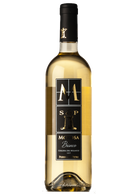

Poderi di San Pietro Costaregina Frizzante 2018

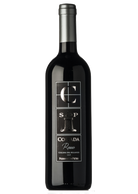
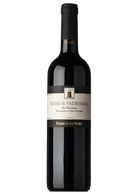
Poderi di San Pietro Rosso di Valbissera 2016
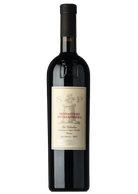
Poderi di San Pietro Monastero di Valbissera 2013
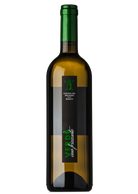
Poderi di San Pietro Bianco Frizzante Verdè 2018
Poderi di San Pietro
San Colombano al Lambro is a hill that stands out, all alone, in the middle of the lower Milanese area, in the direction of Oltrepò Pavese. It is an area where wine has always been made, both for local consumption and for export to Milan. The fact that San Colombano, a medieval town with a splendid fortress, belongs administratively to the metropolitan city of the capital, makes its wines still identified as the "Milan wine".
Also thanks to the exploit that this marketing had during Expo 2015, a handful of innovative producers aimed to enhance these wines, identifying the best crus of the Banina hill and pushing for success, both with easy-to-drink products and with challenging reserves for ageing, which is one of the smallest Italian DOCs.
One of the most beautiful and successful stories is certainly that of the Poderi di San Pietro. Born from the ashes of the former Consorzio Agrario Locale, the winery took over the premises, renovating them and equipping them with a technological setup to make a Chateau bordolese envious. The selection of the grapes and the control of the ripening in the vineyard, carried out in a completely eco-sustainable way, takes place through the use of special scanners.
A hill of marine origin no more than 75 metres high but which dominates the entire Lombard plain with a splendid view, the San Colombano hill alternates sandy areas with very permeable limestone areas, rich in minerals and in constantly exposed to sunlight. A Mediterranean climate, ideal for vines.